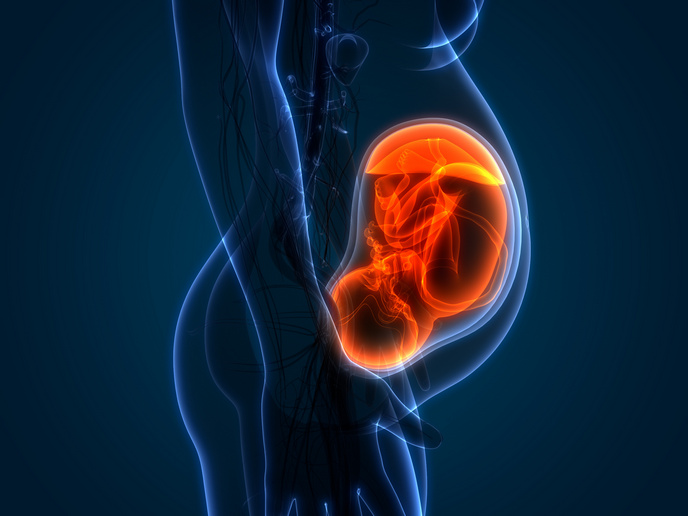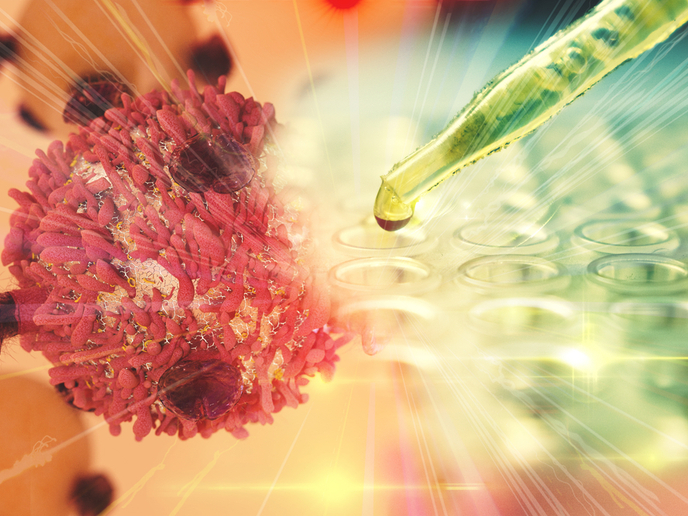Measuring the impact of sun exposure
Funded by the EU, the ICEPURE(opens in new window) project aimed to measure ultraviolet radiation (UVR) exposure and its effect on the skin during common leisure and working activities. Eight partners in six EU countries participated in the project. The first phase involved measuring UVR exposure from people on ski and beach holidays as well as from farmers. To collect the data, participants from Denmark, Spain, Austria and Poland wore dosimeters that measured UVR exposure. Vitamin D analyses were also conducted. Results showed that Danes, Spaniards and Poles received high levels of UVR exposure during a week-long holiday on the island of Tenerife. As a result, they experienced a very high frequency of sunburn, high levels of DNA damage to the skin and complete suppression of the skin's immunity. They did, however, experience a significant increase in vitamin D. It appears that it is virtually impossible to increase vitamin D without causing skin damage. Studies of farmers showed that Spanish farmers received the highest doses of UVR exposure. Danish farmers, however, took fewer precautions. The project also provided detailed quantitative and qualitative information about people's behaviour in the sun. One of the most striking conclusions was that people of Nordic origin greatly over-expose themselves to holiday UVR and misuse sunscreens. The sunburn that results is a risk factor for melanoma and most likely basal cell carcinoma. These findings point to the need for an aggressive public health campaign about the proper use of sunscreen. A suggested approach was for public health bodies to partner with the sunscreen industry to send strong messages about the dangers of over-exposure to UVR and how to apply sunscreen correctly. ICEPURE also resulted in many publications in peer-reviewed journals. However, additional research is needed to improve data collection techniques and learn more about molecular mechanisms related to UVR exposure.







